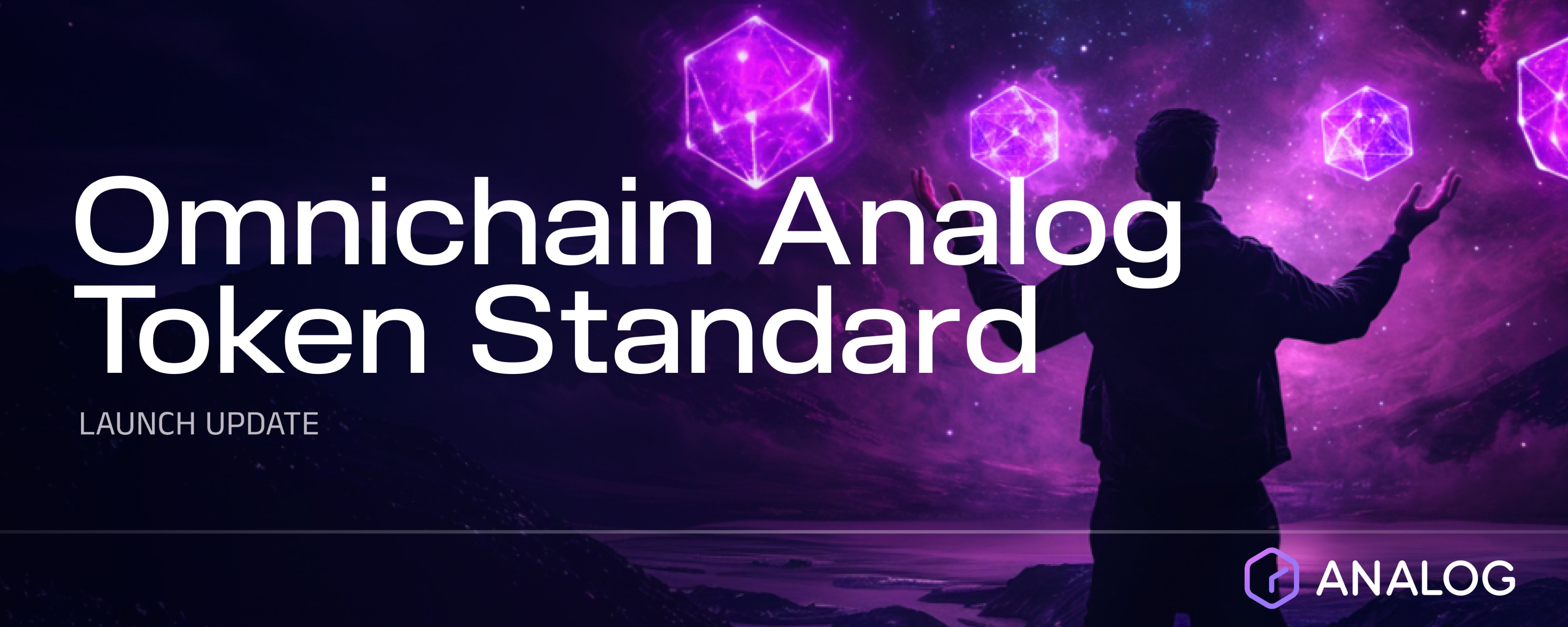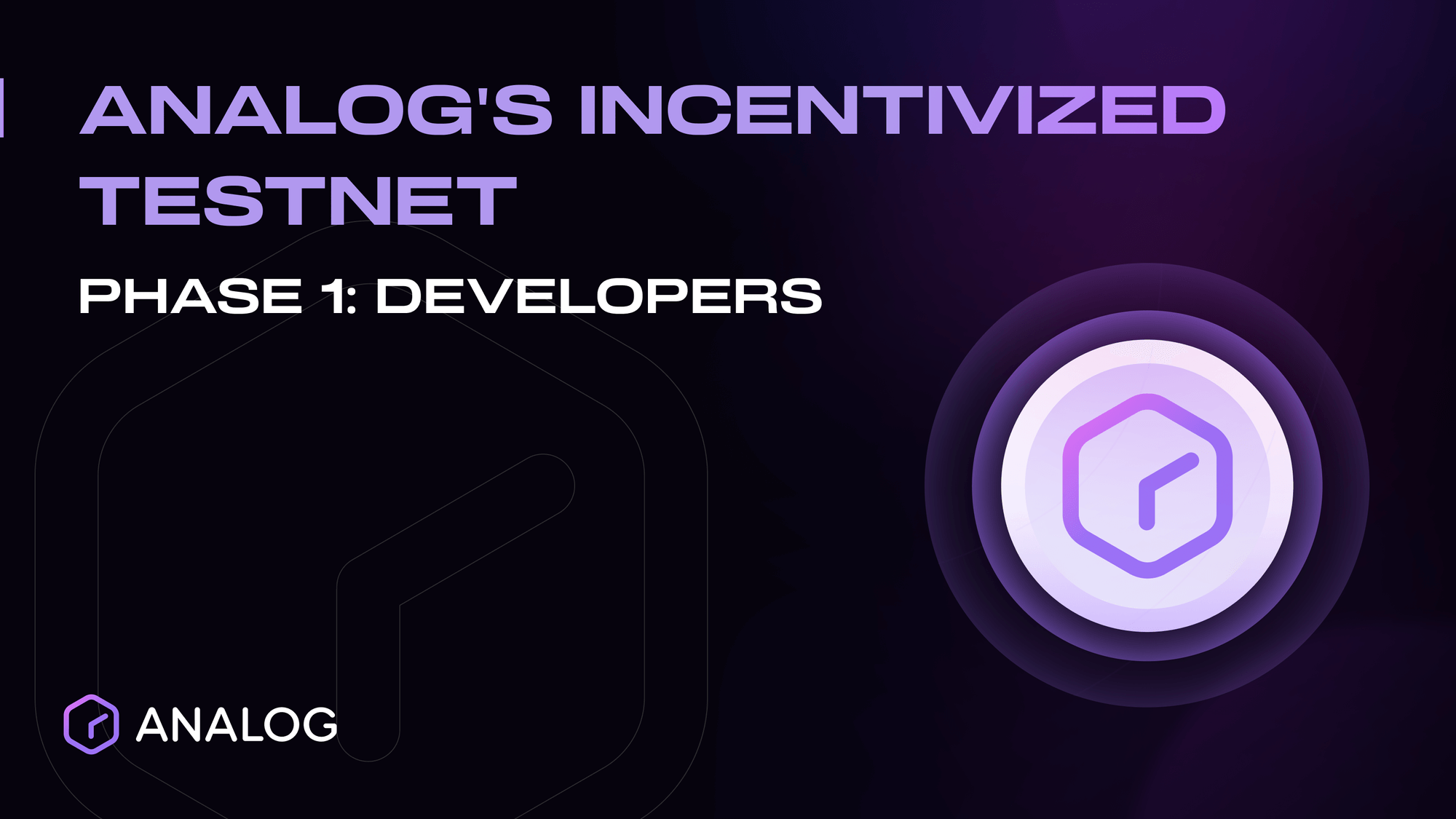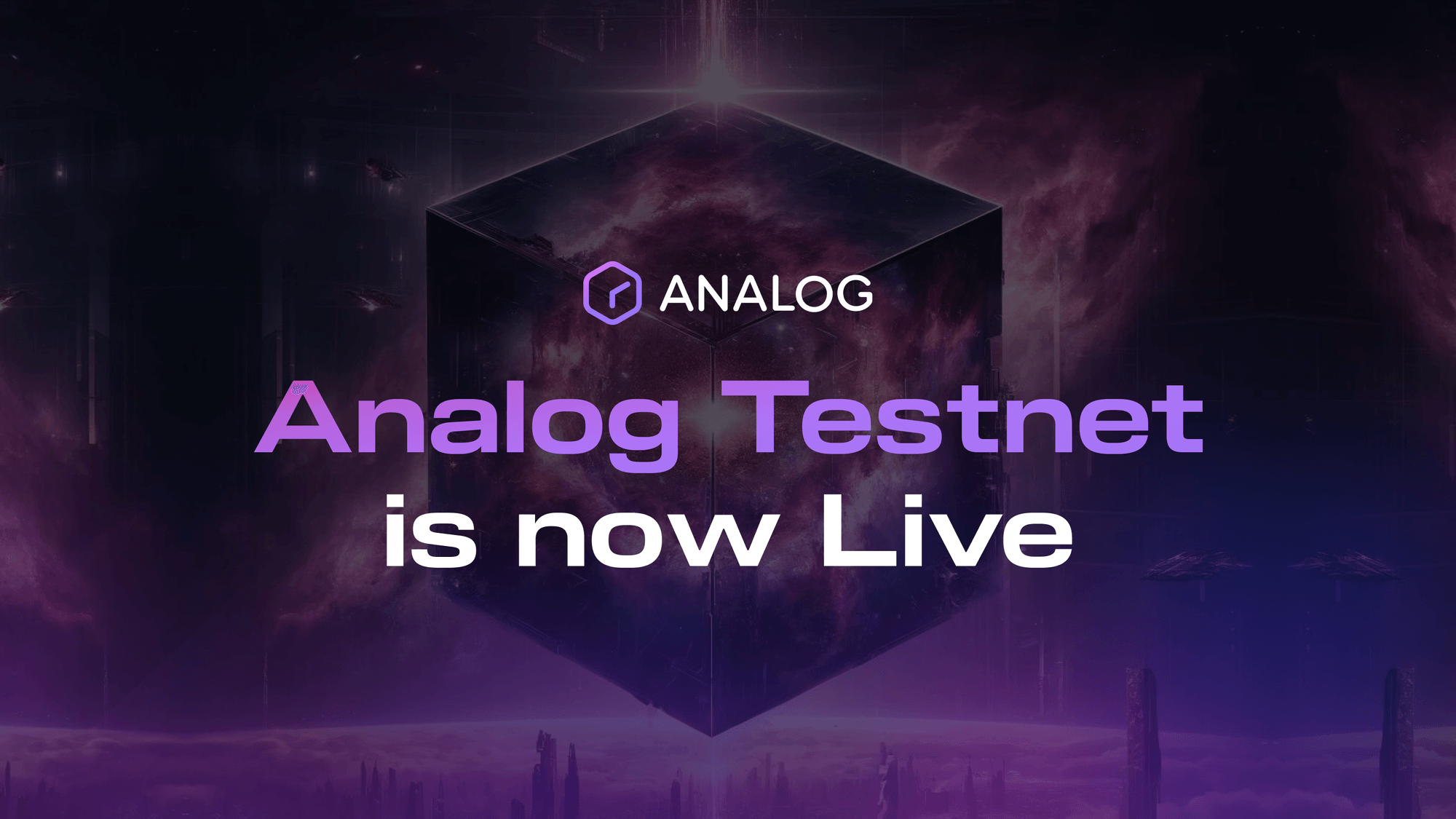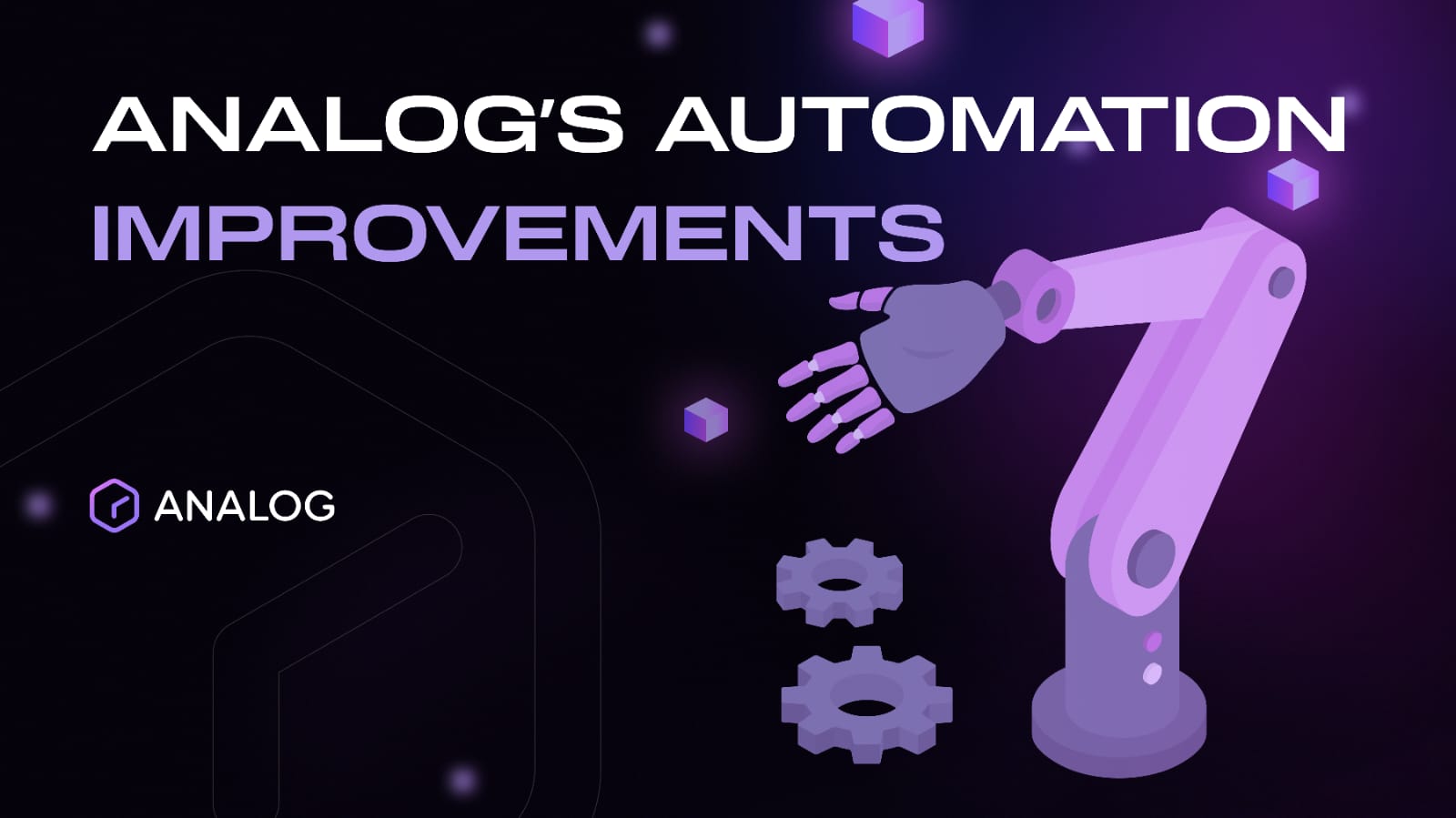
The blockchain ecosystem has grown exponentially over the past few years, with multiple chains serving different purposes and communities.
However, this growth has come with significant challenges, particularly in how digital assets move between these chains. Token transfers between blockchains remain fragmented, inefficient, and often prohibitively expensive.
This is where the Omnichain Analog Token Standard (OATS) enters the picture, offering a powerful solution to one of the industry's most persistent problems.
What Makes OATS Different
OATS represents a fundamental shift in how we approach omnichain asset transfers. Rather than creating wrapped versions of tokens on different chains, OATS establishes a native standard for tokens to exist seamlessly across multiple blockchains simultaneously.
OATS leverages Analog's established infrastructure, specifically its General Message Passing (GMP) system and Timechain to ensure secure and efficient asset transfers.
The protocol uses either burn-and-mint or lock-and-release mechanisms, depending on the token type, to maintain a unified supply across all supported chains.
This approach eliminates the need for liquidity pools, removes the risks associated with wrapped tokens, and significantly reduces costs and complexity for both users and developers. Perhaps most importantly, OATS works across both EVM and non EVM networks, addressing a major limitation of existing solutions.
Internal Progress: From Concept to Reality
Behind closed doors at Analog, the OATS development team has been making massive progress. Recent internal demonstrations have shown that the theoretical promises of OATS are becoming a tangible reality.
The team has successfully executed cross chain transfers of both fungible tokens and NFTs between multiple test networks with transaction times and costs significantly lower than existing bridging solutions.
These demos have showcased several key functionalities:
Seamless NFT transfers between Ethereum, Polygon, and non-EVM chains while maintaining all metadata and functionality
Unified token supply management across multiple chains without creating separate wrapped versions
Direct cross chain transfers without the need for liquidity pools, reducing both costs and slippage
Developer friendly integration requiring minimal changes to existing token contracts
The team has also been stress testing the system with various edge cases and high transaction volumes, with promising results for scalability.
While there's still development work ahead, these internal milestones suggest OATS is well on its way to production readiness.
Implications for Builders: Why OATS Matters
For blockchain developers and project builders, OATS represents a potential gamechanger. Here's why:
1. Simplified Cross-Chain Development
Currently, supporting multiple chains means integrating with several bridging protocols, each with its own specifications and limitations. OATS provides a single, unified standard that works across both EVM and non-EVM chains, dramatically reducing integration complexity and development time.
Developers can write code once and deploy it across multiple chains without worrying about the complexities of cross-chain asset transfers. This standardization allows builders to focus on their core product features rather than the intricacies of bridging mechanisms.
2. Enhanced Capital Efficiency
By maintaining a unified token supply across chains, OATS eliminates the liquidity fragmentation that plagues current multi chain projects. This means better capital efficiency, as assets don't need to be locked in various bridge contracts or liquidity pools across different chains.
For DeFi projects, this translates to more efficient use of liquidity and potentially better yields for users.
3. New Business Models
OATS enables entirely new business models that would be impractical with current technology. Consider these possibilities:
Cross-chain gaming economies where in-game assets can move freely between different blockchain-based games
Multi-chain DeFi protocols that can tap into liquidity across the entire blockchain ecosystem without fragmentation
Interoperable NFT projects where digital assets maintain their properties and utility across different chains
Omnichain DAOs that can operate seamlessly across multiple blockchains
4. Reduced Security Risks
The security risks associated with bridging have been painfully demonstrated by numerous bridge hacks over the past years. By leveraging Analog's established GMP infrastructure and using direct burn-and-mint or lock-and-release mechanisms, OATS reduces attack vectors commonly associated with bridges.
5. Future Proofed Applications
The blockchain landscape continues to evolve rapidly, with new chains emerging regularly. Applications built using OATS will be better positioned to expand to these new chains as they gain traction, providing significant strategic advantages in a multi chain future.
Rather than needing to integrate with new bridging solutions for each emerging chain, OATS compatible dApps can expand to new ecosystems with minimal additional development work.
The Road Ahead
While the internal progress on OATS has been impressive, Analog recognizes that creating a new token standard requires community adoption and feedback. The team is preparing to release detailed technical specifications and developer documentation in the coming months, followed by a testnet release where developers can experiment with the standard.
The OATS team is also planning to use the standard as the foundation for omnichain RWA tokens in the upcoming RWA Launchpad project, demonstrating the standard's versatility beyond purely digital assets.
The implications for builders are clear: a simpler, more efficient way to create truly omnichain applications is on the horizon. The question now is not whether we need better cross chain standards, but how quickly solutions like OATS can reach mainstream adoption in an ecosystem hungry for interoperability.










